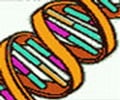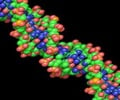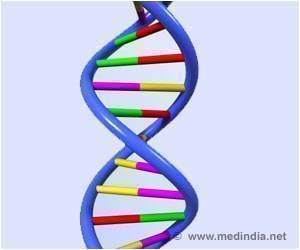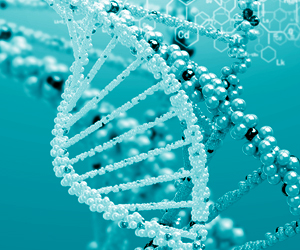It is well-known that every time a human cell divides, it must first make a copy of its 46 chromosomes.
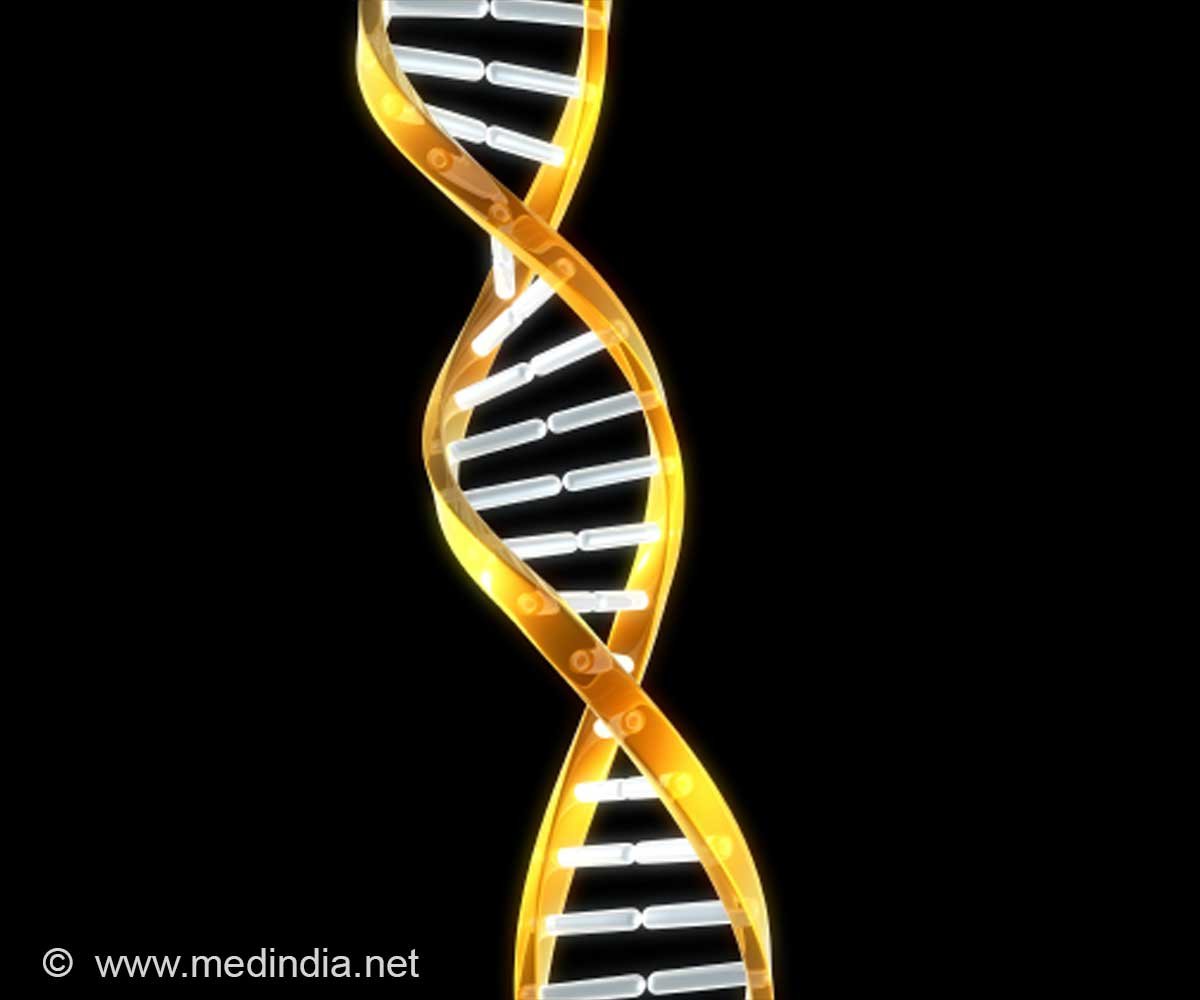
Researchers have long recognized that some regions of the chromosome,called "fragile sites," are more prone to breakage and can be a breeding ground for human cancers. But they have struggled to understand why these weak spots in the genetic code occur in the first place.
A comprehensive mapping of the fragile sites in yeast by a team of Duke researchers shows that fragile sites appear in specific areas of the genome where the DNA-copying machinery is slowed or stalled, either by certain sequences of DNA or by structural elements. The study, which appears May 5 in Proceedings of the National Academy of Sciences, could give insight into the origins of many of the genetic abnormalities seen in solid tumors.
"Other studies have been limited to looking at fragile sites on specific genes or chromosomes," said Thomas D. Petes, Ph.D., the Minnie Geller professor of molecular genetics and microbiology at Duke University School of Medicine. "Ours is the first to examine thousands of these sites across the entire genome and ask what they might have in common."
The term "fragile sites" was first coined in the 1980s to describe the chromosome breaks that appeared whenever a molecule called DNA polymerase –- responsible for copying DNA -- was blocked in mammalian cells. Since that discovery, research in the yeast Saccharomyces cerevisiae has shown that certain DNA sequences can make the polymerase slow down or pause as it makes copies. However, none of them have shown how those delays result in fragile sites.
In this study, Petes wanted to find the link between the copier malfunction and its genetic consequences on a genome-wide scale. First, he knocked down the levels of DNA polymerase in yeast cells to ten-fold lower than normal. Then he used microarray or "gene chip" technology to map where segments of DNA had been rearranged, indicating that a fragile site had once been there.
Advertisement
"We only published the tip of the iceberg -- there is a lot of work you don't see because the connections simply weren't significant enough. Even now, we didn't find any single sequence motif that would very clearly predict a fragile site," said Petes. "I think there are just a lot of ways to slow down replication, so there is not just one signal to indicate that would occur."
Advertisement
"The ability to analyze these sites on a genome-wide basis is an important advance," said Gray Crouse, Ph.D., an expert unaffiliated with the new study who is a professor of biology at Emory University. "It has been known for a long time that many cancer cells have an abnormal number of chromosomes, and many different chromosome rearrangements have been observed in various tumor cells. It is likely that there are many different causes of chromosome instability in cancer cells. The current work suggests that those chromosomal rearrangements observed at fragile sites and found in solid tumors may be due to breaks from perturbed replication."
Source-Eurekalert

